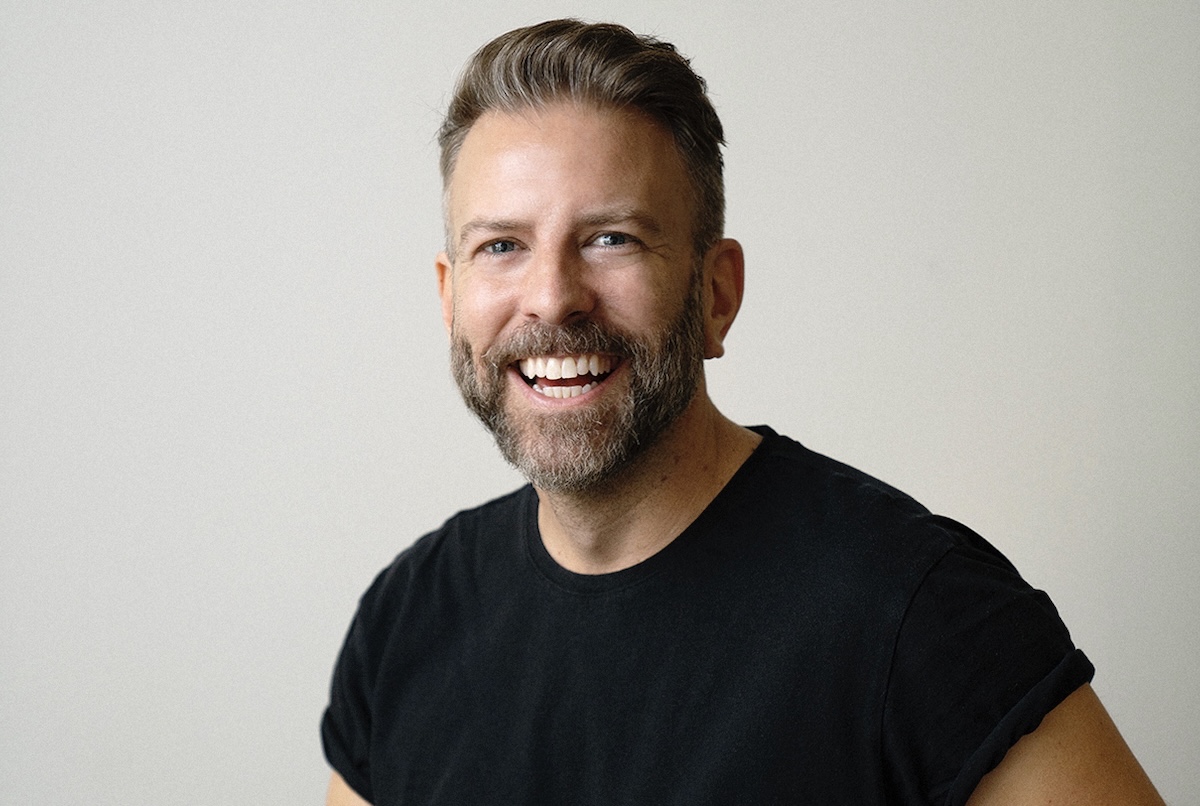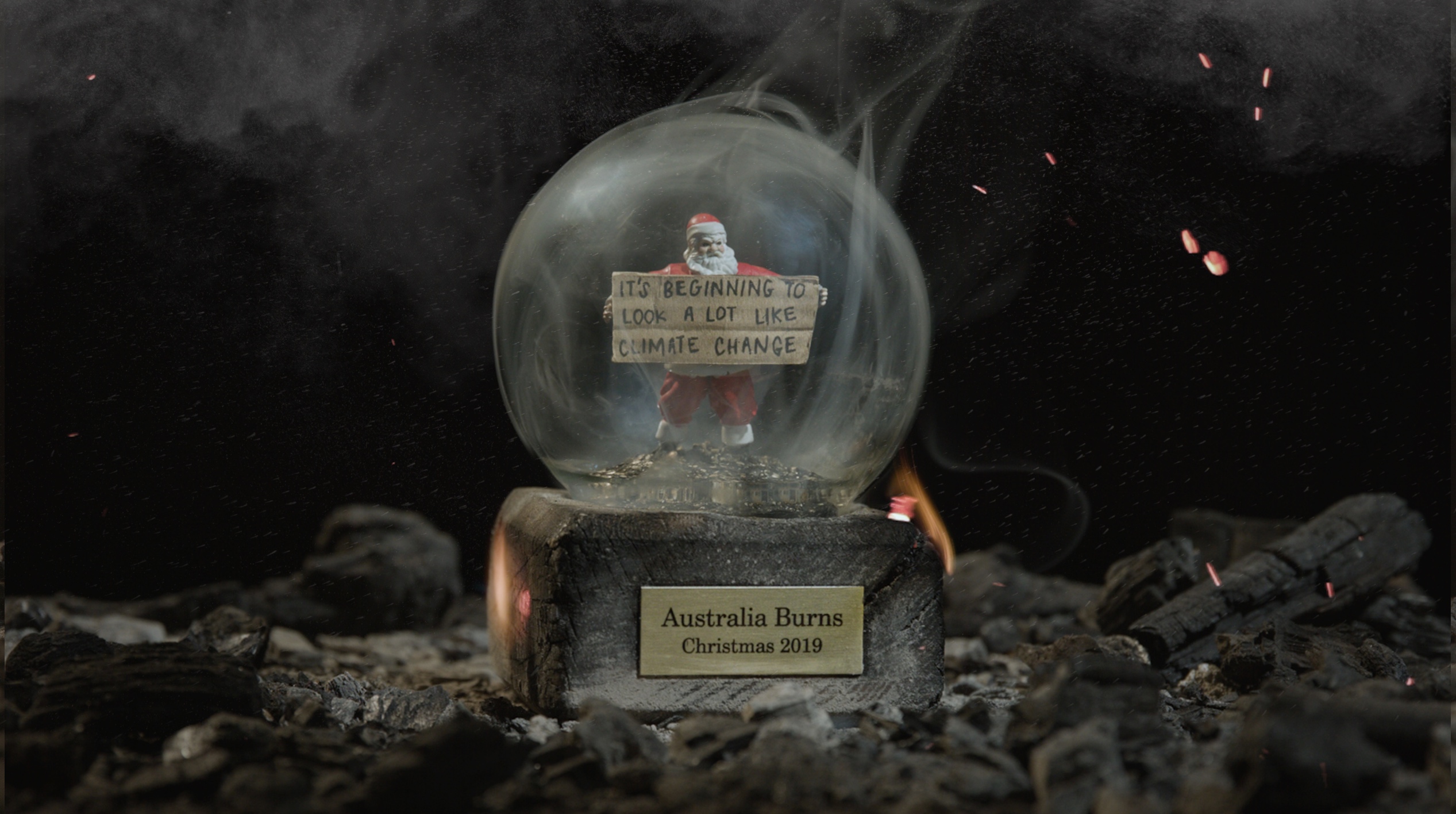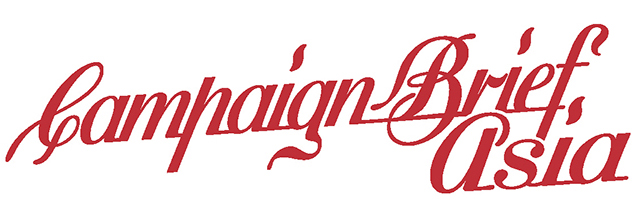CB Q&A: Chris Dwyer on swapping “big ideas” for high-craft storytelling at Getty Images

After more than 13 years at Australian creative agency The Works (now Capgemini), Chris Dwyer recently made the move from adland to step into the role of Head of Creative, APAC for Getty Images and iStock. With over two decades of global experience spanning creative direction, digital content, design and film, Dwyer now oversees the brand’s creative output across the Asia Pacific region. Three months into the role, he speaks exclusively with Campaign Brief about the pivot from “big-idea” advertising to high-impact visual storytelling, what Getty’s data-rich VisualGPS platform is teaching him, and the importance of building a bold, collaborative team culture.
What drew you to the role at Getty Images? You’ve just hit the three-month mark at Getty Images. How has the transition been, and what’s surprised you most about the role so far?
What drew me to the role was the chance to make a meaningful shift in my career. The appetite for beautifully crafted content has started to outperform the ‘big idea’, so after years of leading traditional advertising, I felt it was time to move into a space that was focussed on thoughtful, high-quality visual storytelling.
Getty Images’ global reach and reputation for exceptional visual content made it a natural fit. And the opportunity to shape that creative work across the APAC region was a challenge I was genuinely excited to take on.
What really surprised me was discovering Getty Images’ research platform, VisualGPS. I had no idea it existed, and the depth behind it. Even after my years in advertising. It’s an amazing tool giving data-driven insights that literally help shape stronger creative decisions. It breaks down what kind of visuals are resonating with different audiences, across industries, regions and demographics.
I wish I’d had access to this while in advertising, it would have definitely changed the way I approached creative for my clients. It’s the kind of tool that helps you create with a lot more intention and impact.
You’ve worked across London, Africa, and Australia – how have those culturally and creatively diverse markets shaped your approach to leadership? What do you think sets visual storytelling in the Asia Pacific region apart – and where are you seeing the most exciting creative opportunities emerging?
When you’re working at a global level, it’s important to understand and respect cultural differences. There are assumptions that visual content will work equally everywhere, especially in regions like APAC, but that’s rarely the case.
Australia for example, has a fairly westernised culture, yet our visual tastes are different from what you’d see in North America or Europe. And within Asia or Africa, while there are some shared influences, each country has its own unique perspective. It’s a reminder that context matters when it comes to creative work.
To create strong visual content, you need to be tuned in to cultural differences. There’s no single approach that works everywhere. And working with teams in varying countries across APAC has shown me how differently people think and collaborate. The most important thing is staying open, listening, and adapting to what works best in each region.
You’ve spoken about building a supportive, dynamic team culture. How do you foster bold thinking while keeping creativity grounded in collaboration?
The old advertising leadership style of ruling through disappointment and harsh criticism is gone. My goal is to foster a safe space where team members feel comfortable bringing any idea or challenge to the table, knowing we’ll work through it collaboratively.
Effective leadership, especially in the creative industry, isn’t about a one-size-fits-all approach. It’s about identifying and nurturing individual strengths. Everyone learns and expresses creativity differently, and a truly supportive leader observes, understands, and then enhances those unique abilities.
Looking back across your career, what are three campaigns or creative moments that continue to make you proud?
One of the most lasting moments in my career so far was working alongside the late, great Mark Toia for a number of years. He was a visionary director who blurred the line between commercial and cinematic so effortlessly. He was truly talented and taught me a lot about craft and visual excellence.
I also got to lead Jim Beam’s entire global repositioning in one of the key creative leadership roles. It was a complex challenge, however the work resonated globally, and it was recognised with multiple Effie Awards along the way.
From a campaign perspective, it’s hard to beat being involved in Sea Shepherd’s Ultimate Death Scene and Greenpeace’s Ash Globe campaigns. Both projects were creatively ambitious and driven by powerful causes. They put advertising into perspective, reminding us how impactful creative work can be when it’s tied to purpose.

In a world increasingly captivated by AI-generated content, what role do you think human creativity will continue to play – especially in emotional storytelling and authentic visual expression?
While Generative AI is a powerful tool that can certainly help marketers achieve more with fewer resources, it’s crucial for brands and creatives to understand the importance of using AI with intention. AI isn’t a replacement for human creativity. Generative AI tools can only access what’s already been created; they can’t react to the present or future, or genuinely understand human emotions and evolving perceptions of a brand or product. This is precisely where marketers’ expertise becomes indispensable, layering their own creative insights into what AI produces, and ultimately create the best version of that visual story in a way that truly connects with its audience, regardless of whether the content is AI or real world photography or videography.
As you look ahead at Getty Images, what are your future ambitions with the company – and what do you hope to achieve personally within the role?
Getty Images is a brand that creatives around the world rely on, not just for beautiful imagery, but for content that feels relevant, truthful, and creatively driven. That legacy is a big part of what drew me here.
Looking ahead, I’m excited for the opportunity to keep building on that foundation by pushing creative boundaries, celebrating cultural nuance, and making sure APAC’s voice is seen and felt in everything we put out into the world.
